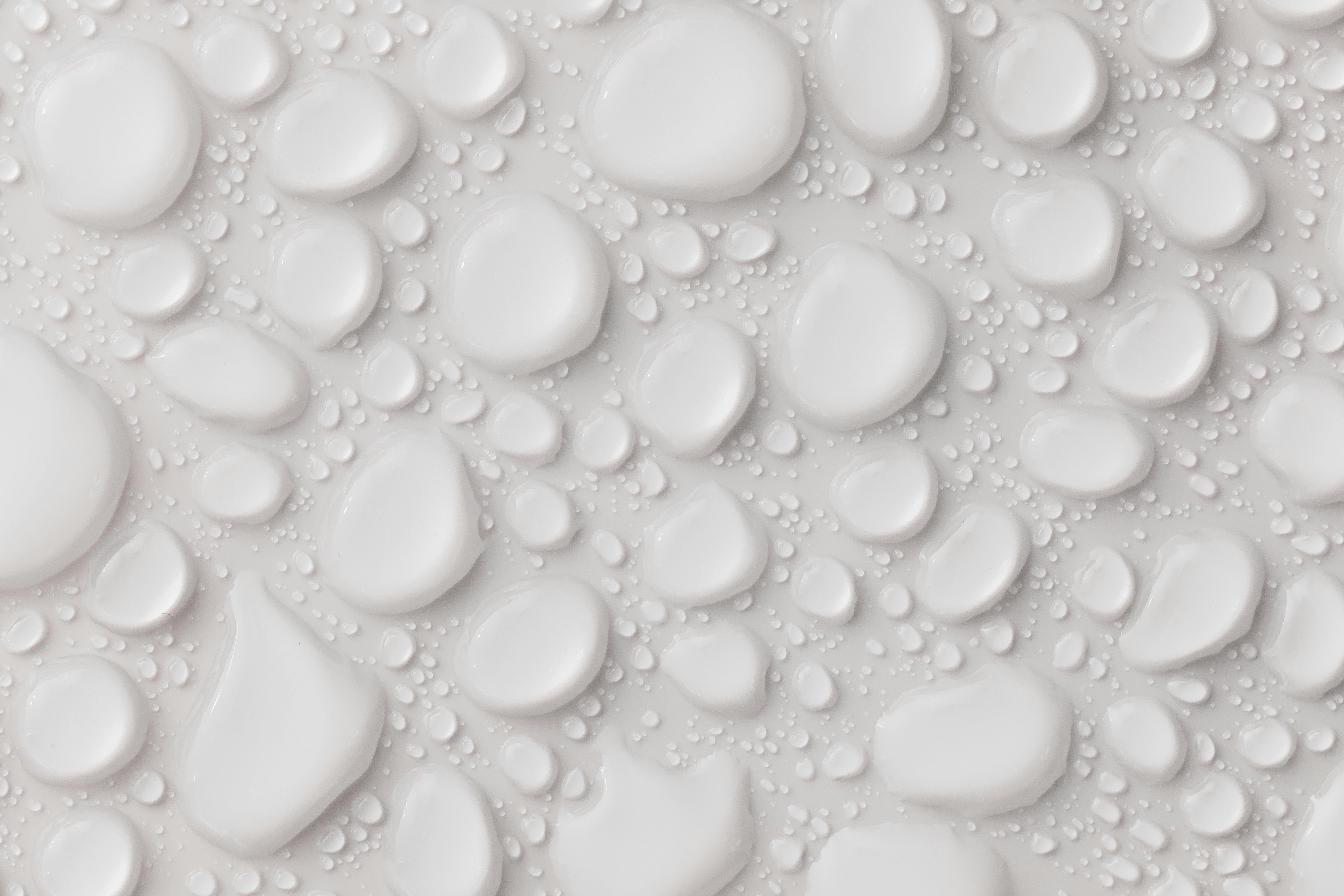Simple distillation and fractional distillation are two methods of separating components of a liquid mixture. Simple distillation is the process of boiling the liquid mixture to vaporize its components, which then condense back into a liquid form. Fractional distillation is a more involved process which involves the use of a fractionating column to separate light from heavy components of the liquid mixture. Both processes are used to separate components of complex mixtures in order to produce pure liquids.Simple distillation is a technique used to separate a mixture of two or more liquids with different boiling points. It involves heating the mixture until one of the components boils, then collecting and cooling the vapor so that it condenses into a liquid. The liquid is then collected in a separate container, leaving behind the other components in the original mixture. Simple distillation is most often used to separate water from ethyl alcohol, although it can also be used to separate other mixtures of liquids.
What Is Fractional Distillation?
Fractional distillation is a process used in chemistry to separate and purify liquids based on their different boiling points. It is an important tool in the chemical industry, as it can be used to separate complex mixtures into their individual components. The process works by heating the mixture to its boiling point and then cooling it down slowly. As each component has a different boiling point, components with lower boiling points will evaporate first, allowing them to be collected separately. This process can be repeated until all the components of the mixture are separated.
Fractional distillation is especially useful for separating mixtures of liquids that have very similar boiling points, such as gasoline and diesel fuel. It can also be used to separate complex mixtures such as crude oil into its individual components like gasoline, diesel fuel, kerosene, and other hydrocarbons.
How Does Simple Distillation Work?
Simple distillation is a commonly used method of separating liquids with different boiling points. It works by heating a mixture of liquids, such as water and ethanol, to its boiling point. The vapor rises from the liquid and condenses on a cooled surface, which separates the liquids. The cooled surface can be a condenser coil, a cooled metal tube, or even an open container. The condensed liquid is then collected for further processing.
The temperature of the mixture is gradually increased until it reaches its boiling point. At this point, the more volatile liquid—the one that has the lower boiling point—will begin to turn into vapor first. As the temperature rises further, the less volatile component will begin to evaporate as well. This process continues until all of the components have been separated from each other and collected in their own containers.
Simple distillation is an effective way to separate liquid mixtures with small differences in boiling points (less than 25°C). However, if there is a larger difference between the two components’ boiling points, then fractional distillation may be needed in order to achieve complete separation of components. Fraction
How Does Fractional Distillation Work?
Fractional distillation is a process used to separate a mixture of two or more liquids with different boiling points. It works by heating the mixture until one component boils off and is collected in a condenser. The remaining components are then left behind in the original container. The process is then repeated until all of the components have been separated from each other.
Fractional distillation works on the principle that different compounds have different boiling points. When heated, these compounds will vaporize at their corresponding temperatures, allowing them to be collected separately. This process is especially useful for separating hydrocarbons such as gasoline and jet fuel, which have very similar boiling points and would otherwise be difficult to separate.
The fractional distillation process begins by heating the mixture of liquids in a fractionating column. As the temperature rises, each compound will vaporize at its respective boiling point and travel up the column into a condenser. In the condenser, the vapors are cooled and condensed back into liquid form for collection in a receiver. Once all of the compounds have been collected, they can be separated from each other using simple
Advantages of Simple Distillation
Simple distillation is a cost-effective and efficient method of separating liquids with different boiling points. This process has many advantages over other distillation techniques such as fractional distillation. Some of the major advantages of simple distillation include:
1) Cost efficiency: Simple distillation requires relatively inexpensive equipment and is easy to operate, making it a cost-effective solution compared to other forms of distillation. The process also doesn’t require a lot of energy, making it even more economical.
2) High purity: Simple distillation achieves high purity levels of the separated liquid, which makes it ideal for applications where high purity is required.
3) Easy to use: Simple distillation is a straightforward process that does not require intricate setup or maintenance, making it easy to use and operate.
4) Fast turnaround time: Since simple distillation requires relatively short cycle times, it can be used for quick turnaround times when compared to other forms of distillation.
Overall, simple

Advantages of Fractional Distillation
Fractional distillation is a process used to separate components of a liquid mixture based on their different boiling points. It is an effective technique used in many industries, including the petrochemical, pharmaceutical, and food industries. The main advantages of fractional distillation are that it is relatively easy to perform and it allows for precise control over the separation process. Additionally, it is cost-effective compared to other methods of separation, such as chromatography or crystallization.
One of the primary advantages of fractional distillation is that it requires relatively simple equipment and can be performed quickly. All that is needed is a heating source such as a hot plate or electric heater, and a fractionating column where the vaporization takes place. This makes this method much more economical than other methods which can be time-consuming and require expensive equipment.
Another advantage of fractional distillation is that it allows for precise control over the separation process. By controlling factors such as the temperature and pressure within the fractionating column, it is possible to separate components with a high degree of accuracy.
Advantages of Simple Distillation
Simple distillation is a common process used to separate liquids that have different boiling points. It is a relatively inexpensive and straightforward process, and can be used to purify many different types of liquids. The advantages of simple distillation include its efficiency, cost-effectiveness, and flexibility.
Simple distillation can be used to separate liquids with relative ease. The process involves boiling the liquid mixture until one component has evaporated, leaving behind the other component in its pure form. This method is very efficient and can yield a high purity level with minimal effort.
Additionally, simple distillation is more cost-effective than other methods of purification such as fractional distillation or chromatography. It requires fewer resources and less energy input than these other methods, making it an attractive option for many laboratories or industrial applications.
Finally, simple distillation offers flexibility when separating different types of liquids. It can be used on a variety of mixtures without any modifications to the process, making it ideal for general purpose applications where varying mixtures may need to be separated.
DisadvantAdvantages of Fractional Distillation
Fractional distillation is a very useful process for separating different liquids that have different boiling points. It is one of the most common methods used in laboratories and industrial settings for isolating and purifying liquids from mixtures. One of the major advantages of fractional distillation is that it can separate liquids with very small differences in boiling points. This makes it an extremely efficient technique, as much more complex apparatus would be needed to achieve the same level of separation with other methods. Additionally, fractional distillation allows for a relatively large amount of material to be processed in a relatively short amount of time.
Disadvantages of Fractional Distillation
Though fractional distillation is an extremely efficient process, there are several drawbacks to its use. Firstly, fractional distillation requires significant amounts of energy to operate, which can make it expensive and impractical to use in certain situations. Secondly, fractional distillation may not be suitable for use with certain mixtures that contain compounds that have similar boiling points; in these cases, other separation techniques may be needed. Finally,

Conclusion
Simple distillation and fractional distillation are two types of distillation processes used to separate mixtures of liquids. Simple distillation is a relatively simple process that can be used to separate liquids with different boiling points, while fractional distillation is a more complex process that can be used to separate liquids with similar boiling points. Both methods are effective at separating liquid mixtures, but each has its own advantages and disadvantages. Fractional distillation is often preferred for more complex separations, while simple distillation is often preferred for simpler separations. Understanding the differences between the two processes helps chemists choose the best method for their needs.
In conclusion, both simple and fractional distillation are effective ways to separate liquid mixtures, but they have different advantages and disadvantages. Simple distillation is best suited for simpler separations, while fractional distillation is better for more complex separations. Choosing the right method depends on the needs of the chemist and the composition of the mixture being separated.

